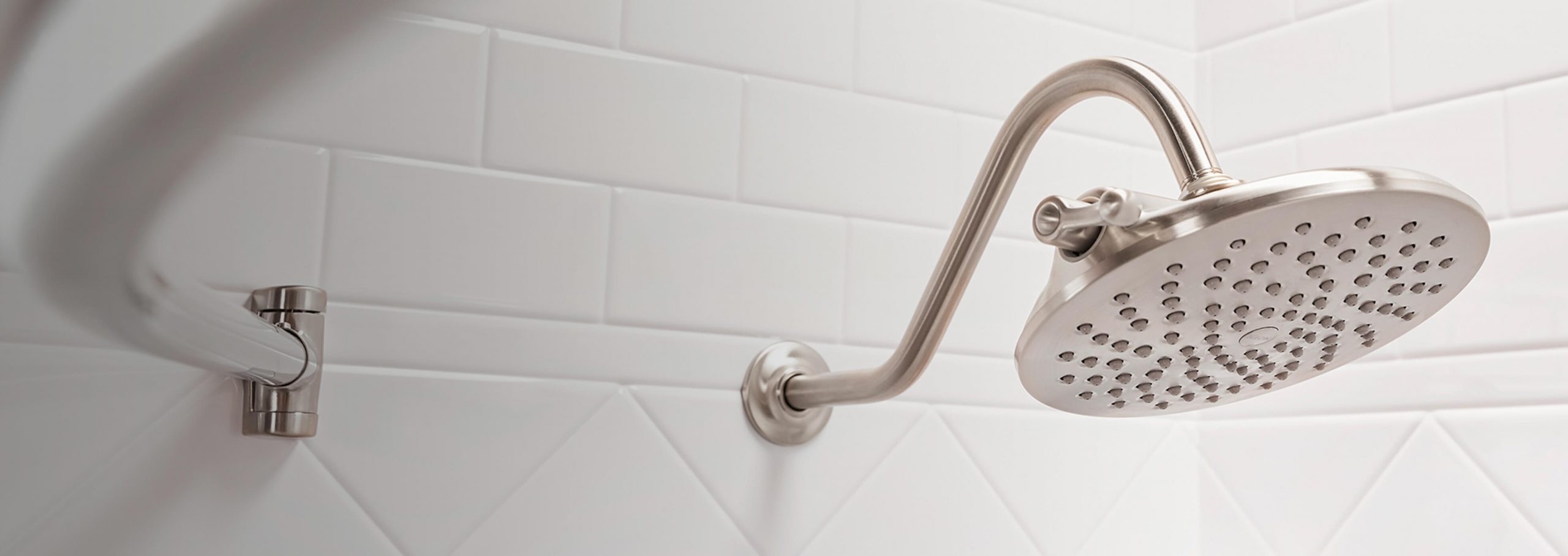{This Site
Here down the page you can locate a bunch of incredibly good answers about Finding the Right Plumbing Expert.

Acrylic baths, shower trays, as well as various other acrylic shower room ware have ended up being extra usual in restrooms in recent times. Not as stylish as well as long lasting as enamel and porcelain baths and fixtures, they are much more budget friendly and also offer rather a lot the exact same standard purpose. Some usual examples of damages to acrylic washroom fixtures include discoloration, fractures, openings, and so on.
Bathroom Staining
With prolonged use of acrylic baths comes discoloration or staining. While some stains can be eliminated conveniently, making use of unique chemicals, others call for that the bathroom be resprayed. Aromatherapy oils loosen the dirt in some cases therefore recovering the bathroom to its former splendor.
Chemical Reactions
Often, people try to repaint the entire surface area of their acrylic bathroom by themselves either since they do not such as the color to conceal acnes. When they do not such as the end result, they use paint eliminators. You should never ever make use of paint eliminator on acrylic bathrooms. Paint removers do not respond with the surface area of steel bathrooms, they ruin acrylic baths irreversibly. This produces even more work for the specialist. The very best strategy right here is to call a specialist for aid with changing the bath.
Scraped shower or bath surface area
Polymer shower room components are not abrasion-resistant like enamel selections. Being a really soft product, acrylic scrapes can also be hidden without layer or dental filling. For these, you need to look for professional help for your bathroom fixings.
Fractured Polymer Baths
The lifespan of acrylic as well as fiberglass baths is up to 15-20 years for shower pans as well as baths, normally. Fractures in an acrylic shower tray are most likely amongst the easiest problems to repair for a repair work specialist. This is the exact same for PVC, material, and various other such materials.
Acrylic baths, shower trays, and also various other acrylic washroom ware have become more typical in restrooms in current times. With prolonged usage of acrylic baths comes staining or discoloration. You ought to never make use of paint remover on acrylic baths. Paint eliminators do not react with the surface of steel bathrooms, they ruin acrylic baths irreversibly. The life-span of acrylic as well as fiberglass bathrooms is up to 15-20 years for shower frying pans and bathrooms, generally.
How to clean Acrylic shower
USE THESE NON-ABRASIVE CLEANERS
We recommend that you clean your acrylic bathing product made of Delta ProCrylic or Acrylic with Innovex Technology with non-abrasive soaps and cleaners, such as:
- Dishwashing detergent
- Power Bathroom Cleaner
- CLR® Bath & Kitchen® Cleaner
- Formula 409® All-Purpose Cleaner
- Iron Out® Rust Stain Remover
When it’s time to clean, always use a terry cloth towel, soft cloth or sponge to avoid scratching the acrylic surface. Don’t use abrasive scrubbing pads, steel wool or sponges, cause permanent damage to the acrylic material. If you use a drain cleaner or clog remover, be sure to rinse thoroughly with water so no product is left standing near the drain.
Some chemicals and cleaners may deteriorate acrylic surfaces, causing cracks and, potentially, property damage. To avoid this, don’t use cleaning products that state on their label that they are not suitable for use on Acrylic, ABS, Polystyrene or Plastic. Be sure to check the label of any product before you apply it to the surface; it’s easier to avoid damage than to try to remedy it.
DO NOT USE THESE CLEANERS
Chemicals we do not recommend using to clean acrylic showers/tubs:
- Solvents (turpentine, lacquer thinner, mineral spirits, paint thinner, MEK, xylene, acetone, naphtha, etc.)
- Simple Green® All-Purpose Cleaner
- Pine-Sol® Original
- Scrubbing Bubbles® Cleaner
- Tilex® Bathroom Cleaner
- The Works® Tub & Shower Cleaner
- Lysol® with Hydrogen Peroxide Multi-Purpose Cleaner
- Windex® Vinegar Multi-Surface Cleaner
Sealant Application Tips
When you’re ready to apply sealant, a little planning goes a long way. Pick up some painter’s tape and use it to mask off the seam to help make cleaning up easier. When you’re applying the bead, use a constant, steady speed to avoid an uneven finish. Use a caulk tool or a plastic spoon to work the sealant into the joint. Wetting the tool with denatured alcohol will help create a smooth finish. Follow the directions on the back of the tube for cure time.
Certain chemicals and cleaners may deteriorate acrylic surfaces, causing cracks and, potentially, property damage. After you’re finished applying it, clean up the product surface and remove any excess sealant with denatured alcohol. Don’t use solvents (turpentine, lacquer thinner, mineral spirits, paint thinner, MEK, xylene, acetone, naphtha, etc.) that can wreak havoc on an acrylic surface.
With a little care and consideration, you can prevent damage to your acrylic shower or tub. Keep a supply of soft cloths handy and remove any damaging products or abrasive scrubbing items from the bathroom to ensure they aren’t around when it’s time to clean.
https://www.deltafaucet.com/design-innovation/inspiredliving/how-to-clean-acrylic-shower

As a passionate person who reads about 6 Things to Know About When Hiring a Plumbing Services, I was thinking sharing that chunk was a good idea. Enjoyed our blog entry? Please share it. Let another person check it out. I truly appreciate reading our article about 6 Things to Know About When Hiring a Plumbing Services.
Book With Us Today!
Comments on “5 Things Nobody Informs You around Shower & Tub Wall Panels”